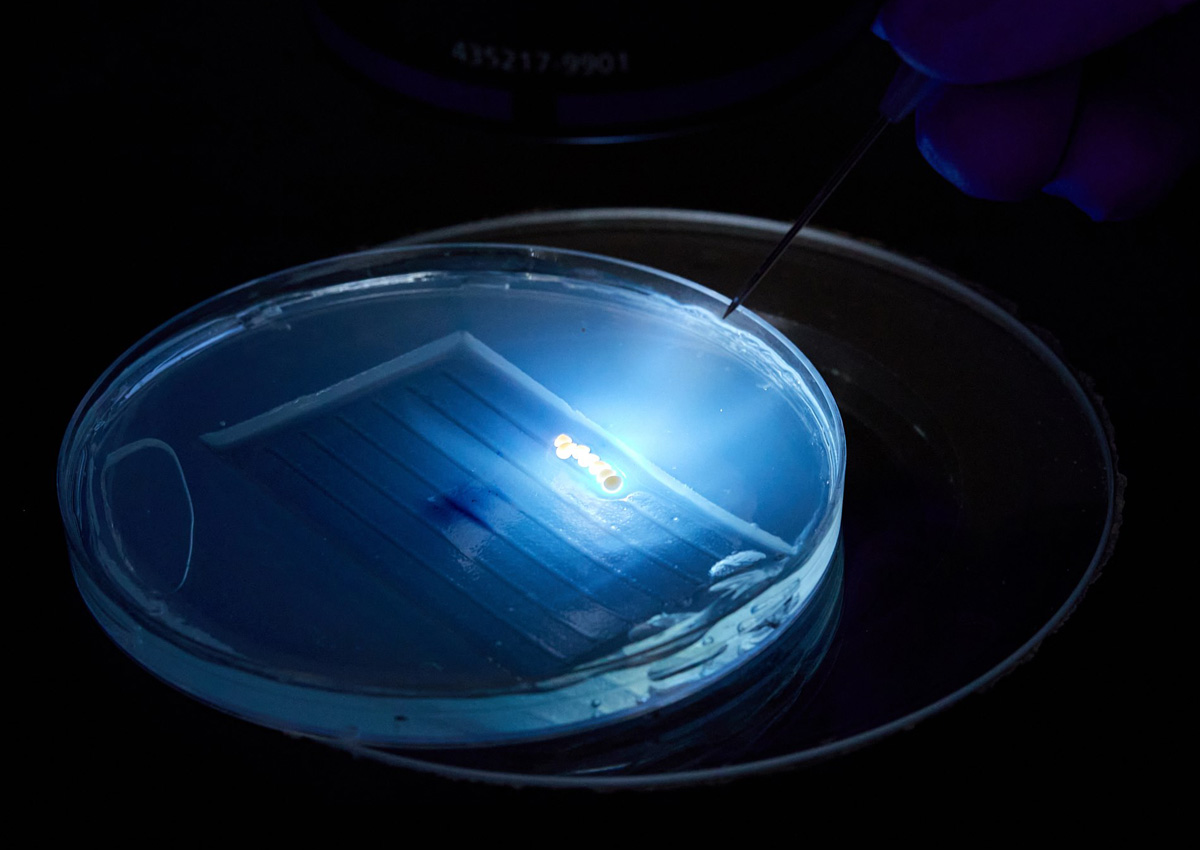
CRISPR-Cas3 Brings New Gene Editing Options for Aquaculture
November 22, 2023| |
The Centre for Aquaculture Technologies (CAT), a leading provider of genetics solutions in aquaculture, in collaboration with C4U Corporation, has developed CRISPR-Cas3 gene editing technology for aquaculture while ensuring that it maintains greater safety and unhindered legal access compared to its cousin CRISPR-Cas9.
Professor Tomoji Mashimo, currently at the University of Tokyo and the co-founder of C4U, developed the CRISPR-Cas3 technology. The platform is similar to CRISPR-Cas9's engineering, efficiency, and delivery methods. Professor Mashimo's team has already validated CRISPR-Cas3 both in vitro (in cells) and in vivo (in animals), and they found that the platform provides unique advantages, such as increased safety through reduced unintended mutations and the capability for broad gene alterations near the desired genetic target site. CAT and C4U state that CRISPR-Cas3 technology is an attractive genome editing method, as it is unencumbered by the intricate patents associated with CRISPR-Cas9, therefore offering a more practical substitute.
The joint effort aims to apply CRISPR-Cas3 technology to promote genome editing in major commercial fish species and drive technological advancements within the industry.
For more details, read the news releases from CAT and C4U Corporation.
| |
You might also like:
- New Genome Editing Tool Designed to Make Big DNA Edits
- Another CRISPR Tool Shows Great Potential to Advance Science
- Gene Editing Restores Dystrophin Function in Stem Cells From Patients With Severe Muscle Disorder
Biotech Updates is a weekly newsletter of ISAAA, a not-for-profit organization. It is distributed for free to over 22,000 subscribers worldwide to inform them about the key developments in biosciences, especially in biotechnology. Your support will help us in our mission to feed the world with knowledge. You can help by donating as little as $10.
-
See more articles:
-
Plant
- CRISPR Helps Make Naturally Orange Petunias
- CRISPR-Cas3 Brings New Gene Editing Options for Aquaculture
- Researchers Develop Coated Microbes to Reduce the Use of Chemical Fertilizers
- Philippines Celebrates the 19th National Biotechnology Week
-
Animal
- Nofima and Partners Propose Assessment Framework for Gene Editing in Aquaculture
- Experts Discuss Role of Gene Drives in Addressing Health and Biodiversity Challenges
-
Health
- Novel AI Method Produces Antimicrobial Peptides
-
Environment
- Halo-Alkaliphilic Microbes Reduce Heavy Metal Pollution in Extreme Environments
-
Read the latest: - Biotech Updates (December 17, 2025)
- Gene Editing Supplement (December 17, 2025)
- Gene Drive Supplement (February 22, 2023)
-
Subscribe to BU: - Share
- Tweet

